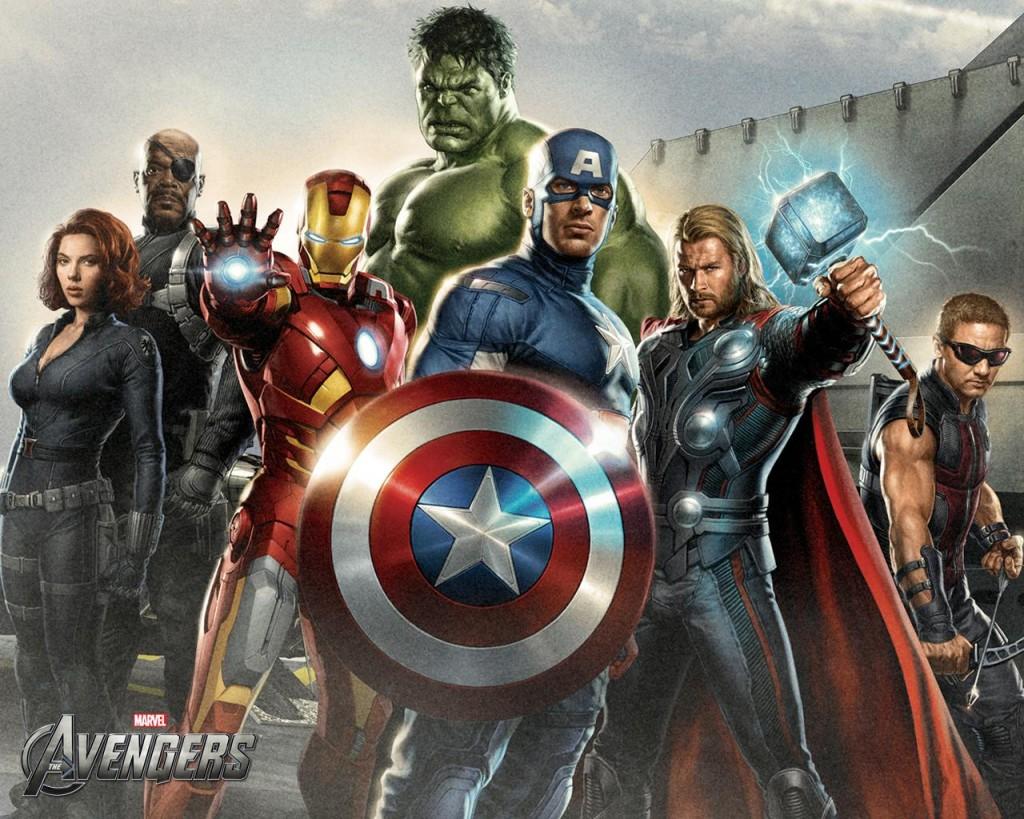Emery: Marvel movies hurt true cinematic artists
April 24, 2020
Acclaimed director Martin Scorsese said in an interview interview last year with Empire, and then again in an opinion in the New York Times, that Marvel movies are not cinema. He said that the directors and creators of Marvel movies are talented and artistic, but their films lack the characteristics that define cinema to him. According to Scorsese, movies today are “market-researched, audience-tested, vetted, modified, re-vetted and remodified until they’re ready for consumption.” He’s absolutely right.
Contemporary blockbusters lack the revelation, complexity and mystery that made cinema an art form. The characters are boring and static while the plotlines are obvious and uninspired. Above all else, blockbusters — such as the “Avengers” movies and the “Fast and Furious” franchise — are not cinema because they prioritize high-selling plot lines over artistic risk and imagination.
The relationship between Marvel movies and actual cinema is like the relationship between a Michelin Star restaurant and McDonald’s. They both serve food, but one is based on a chef who has dedicated their life to their craft and created something new and unique. The other is the most basic and repeatable commodity designed by a corporate monolith that can be produced on a mass scale.
In a true example of cinema, the director pushes the limits of what defines a film. The most artistic films push the boundaries of cinematography, narrative structure and pacing. Major blockbusters do nothing to subvert the audience’s expectations. They are formulaic, each one dazzling the audience with computer-generated effects to mask the stale dialogue and overused clichés. Talented directors like Wes Anderson, Lulu Wang, Greta Gerwig, Stanley Kubrick and Scorsese himself have been able to push boundaries in storytelling unlike any blockbuster of the past several decades because they have their own style and vision based on their own experiences.
The heroes of major franchise films actually share many similarities to the cowboys of the Western genre. They are symbolic representations of justice and what is good. It is difficult to be at all interested in the characters because there is very little to them below the surface. There is no complexity, no motivating force other than defeating the bad guy. And the villains of these films are even more static. The only character development for Thanos in “Avengers: Infinity War” was when he revealed he loved his daughter Gamora and then immediately sacrificed her. There is no development — no arc to these characters — because the movies are designed to be consumed without having to think critically.
The focus on blockbusters is a part of a decades-long shift in how Hollywood operates. The major studios have turned their focus toward creating “sequels, reboots, spinoffs, adaptations, and animated movies.” The reimagination of the Star Wars franchise with the sequel trilogy, a number of live action remakes of classic Disney movies, Marvel’s multi-phase plan that already has projects scheduled late into the 2020s and spinoffs of the “Fast and Furious” franchise are all emblematic of this new approach. The studios are relying entirely on films that will ride the coattails of their previous box-office successes, not telling innovative new stories.
The estimated budget of the most recent “Avengers” movie, released in 2019, was $356 million, and it has grossed $2.8 billion worldwide since its release. That same year, films produced by Disney and its subsidiaries accounted for almost 40% of the entire U.S. box office. Major studios have placed their bets on low-risk, incredibly high-reward films because they are a business — their main goal is to make money.
The transition from an emphasis on artistic creation to the accumulation of capital has made studios unwilling to take even minor risks in the movies they produce. This process has made it harder for directors and screenwriters with unique, inventive ideas to break into the market. With major studios focusing their resources on guaranteed projects, indie filmmakers are forced to compete for a finite number of grants and fellowships to make their dream a reality.
Hollywood’s major studios have sacrificed art for guaranteed box-office hits and massive profits. As a result, the truly talented next wave of directors who would be able to further push the boundaries of cinema have struggled to gain recognition and build followings. In order for the movie industry to truly flourish, there needs to be a major shift in Hollywood’s priorities. No longer should movies be seen as only a business or an investment. Film is an art — it draws from and builds on our intrinsic desire to tell stories. This change starts at the individual level with our choices as consumers, so when movie theaters are back up and running — support indie and student filmmakers and your favorite directors at the box office on opening weekend before rushing to see the next Disney remake.







